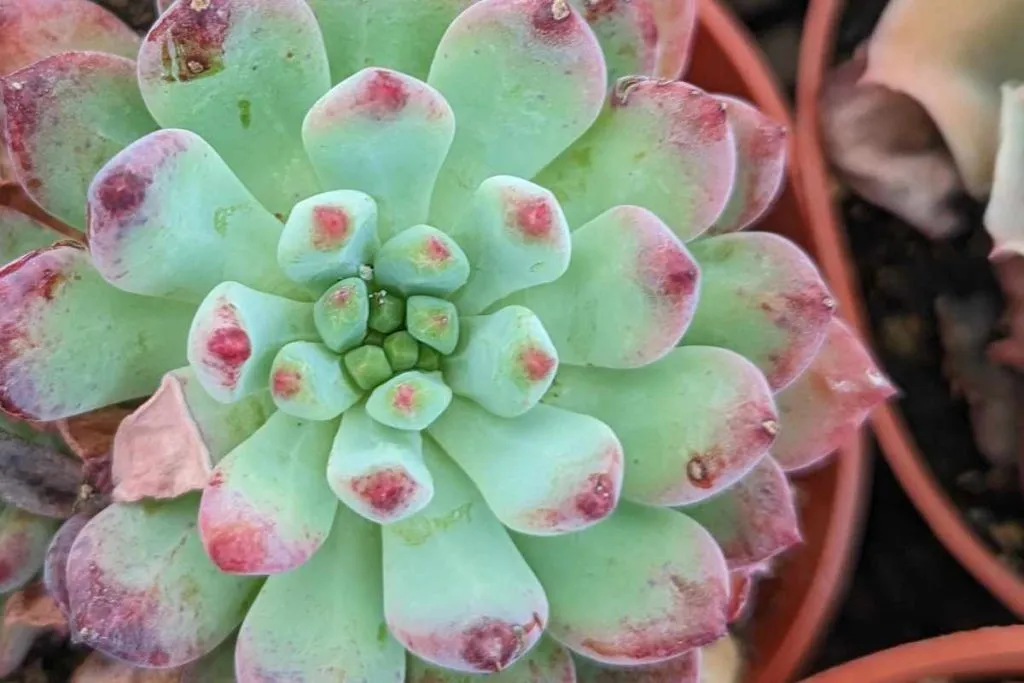Discover the Details Plants That Are Adversely Influenced by Epsom Salt Application
Epsom salt, a popular home remedy for various gardening problems, is usually applauded for its beneficial impacts on plant development. Understanding the particular plants that can be negatively affected by Epsom salt is crucial for any type of garden enthusiast looking to optimize their plant treatment routine.
Roses

Roses, specifically conscious modifications in their setting, can be adversely influenced by the application of Epsom salt. While Epsom salt is typically made use of as a plant food to advertise plant development and improve flowering, roses are one of the plants that do not respond well to its application. The high magnesium content in Epsom salt can hinder the uptake of other crucial nutrients by the rose plants, leading to deficiencies that materialize as yellowing leaves or stunted growth.

Tomatoes
Tomatoes, recognized for their versatility in cooking applications, can exhibit unfavorable impacts when revealed to Epsom salt due to their particular nutrient requirements. While Epsom salt is usually touted as a solution for numerous plant problems, including bloom end rot in tomatoes, its application can lead to harmful end results otherwise utilized deliberately. Tomatoes are hefty feeders that require a well balanced consumption of nutrients, especially calcium, to prosper. Extreme Epsom salt, which is magnesium sulfate, can interfere with the fragile nutrient equilibrium required by tomatoes, possibly bring about shortages in other vital nutrients like calcium. This inequality may materialize in signs such as stunted development, yellowing leaves, or perhaps minimized fruit production in tomatoes. Consequently, when taking into consideration making use of Epsom salt on tomatoes, it is important to comply with suggested application prices and dirt testing to stop unexpected repercussions on the overall wellness and efficiency of these precious garden plants.
Peppers
Peppers, respected for their different colors and degrees of spiciness, can show susceptibility to unfavorable impacts from Epsom salt when not used with care and consideration for their particular nutritional requirements. what plants don't like epsom salt. Peppers, coming from the Solanaceae household, call for a fragile equilibrium of nutrients to thrive. While Epsom salt is known to improve magnesium levels in plants, too much application can disrupt this stability, leading to damaging results on pepper plants
When peppers are exposed to high levels of magnesium from Epsom salt, it can interfere with the plant's capability to take in various other crucial nutrients like calcium and potassium. This inequality might manifest in signs and symptoms such as leaf discoloration, stunted development, and minimized fruit production. Furthermore, the too much magnesium can alter the dirt pH, more worsening nutrient our website uptake concerns for peppers.

Rhododendrons
Given the sensitivity of specific plant varieties to inequalities brought on by Epsom salt, it is important to think about the effect on Rhododendrons, which additionally require details nutrient levels to flourish. Rhododendrons are acid-loving plants that prefer acidic soil conditions with a pH variety in between 4.5 and 6.0. Epsom salt, chemically recognized as magnesium sulfate, can modify the soil pH and disrupt the delicate balance of nutrients vital for Rhododendron health and wellness.

To keep the optimal growth and health of Rhododendrons, it is crucial to prevent the indiscriminate use Epsom salt and rather focus on offering the specific acidic soil problems and nutrients that these plants need for thriving.
Azaleas
These preferred blooming plants are commonly found in landscapes, parks, and gardens due to their beauty and adaptability. While Epsom salt is commonly used as a remedy for magnesium shortage in plants, its application to azaleas can have damaging results.
When Epsom salt is put on azaleas, it can modify the soil pH, making it much more acidic. Azaleas choose somewhat acidic dirt problems, and an unwanted of magnesium from Epsom salt can disrupt this balance, bring about nutrient imbalances and prospective poisoning issues. The inaccurate application of Epsom salt can cause stunted development, yellowing of leaves, and general decrease in the wellness of azaleas. For that reason, it is essential to be careful when taking into consideration using Epsom salt on azaleas to stop any kind of adverse consequences on these delicate decorative hedges.
Final Thought
In final thought, it is necessary to be conscious of the specific plants that can be negatively affected by the application of Epsom salt. Roses, tomatoes, azaleas, rhododendrons, and peppers are some examples of plants that might not take advantage of Epsom salt and might also experience injury. It is essential to study and understand the requirements of each plant types before making use of Epsom salt as a fertilizer to ensure their wellness and well-being.
Comprehending the details plants that can be detrimentally influenced by Epsom salt is essential for any type of garden enthusiast looking to optimize their plant care regimen. While Epsom salt is generally made use of as a plant food to advertise plant growth and improve blooming, roses are one of the plants that do not react well to its application.Too much usage of Epsom salt can likewise result in a build-up of salts in the soil, leading to root damage and dehydration of the rose plants. While Epsom salt is understood to enhance magnesium degrees in plants, excessive application can disrupt this balance, leading to damaging effects on pepper plants.
The my link high salt content in Epsom salt can also dehydrate Rhododendron roots, creating more anxiety and damages to the plant. (what plants don't like epsom salt)